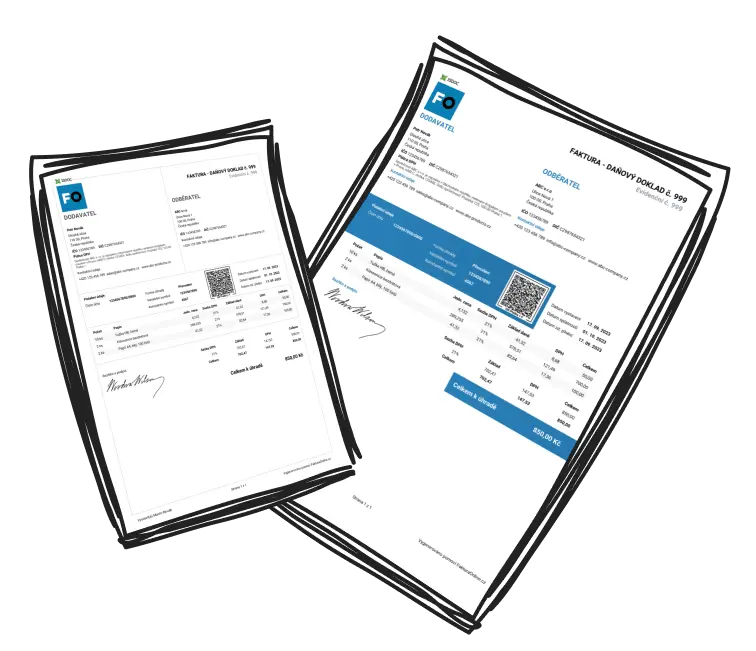Key Considerations for UK Businesses When Switching to Digital Invoicing
For UK businesses keen on modernising payment processes, transitioning to digital invoicing involves understanding its myriad benefits, integrating it seamlessly into current systems, and ensuring strong security measures. These elements are vital for a successful shift that enhances efficiency while protecting financial data. Addressing specific implementation challenges is crucial for leveraging digital opportunities effectively.
The Advantages of Digital Invoicing
The move to digital invoicing represents a notable advancement in payment methods, offering numerous benefits making it an appealing choice for businesses across the UK.
Eliminating the need for paper, printing, and postal expenses, digital invoices offer significant cost savings, supporting environmental sustainability efforts.
A primary advantage is speed; digital invoices are delivered to clients instantly, reducing payment cycle durations and resulting in improved cash flow predictability.
Automation minimises errors and saves time, enhancing administrative productivity so staff can concentrate on strategic tasks.
Record-keeping becomes straightforward with digital invoices. Physical storage is unnecessary, and information retrieval is effortless, supporting compliance and audits.
Customer relationships gain from improved communication and convenience in payments, leading to enhanced service and satisfaction.
Integrating Digital Invoicing into Existing UK Business Systems
Incorporating digital invoicing into current systems is crucial for refining payment methods and achieving streamlined operations through careful planning.
Assess your current financial system to ensure compatibility with the chosen digital invoicing solution. Opt for software featuring open APIs for easy integration.
Prioritise data migration and synchronisation to uphold data integrity. Ensure all past transactions are accurately transferred to the digital system.
Thorough staff training on the new system is critical for confidence in its use and for addressing any potential challenges.
Consider tools like InvoiceOnline for a smooth transition. The tool features quick invoice creation and a free trial, simplifying integration into existing financial systems without long-term commitments.
Enhancing Security in Digital Invoicing
Security remains a top priority in digital invoicing, a pivotal aspect of safe payment methods, with various measures available to protect your financial data effectively.
Utilise encryption techniques to secure data during both transmission and storage, making unauthorised access challenging.
User authentication methods, such as robust passwords and multi-factor authentication, add an extra layer of security, permitting access only to authorised personnel.
Regular software updates address vulnerabilities and strengthen security, while firewalls and anti-virus programs guard against malicious threats.
Training employees in effective cybersecurity practices is crucial for recognising and mitigating potential threats.
Maintaining routine data backups is essential, providing a safety net to recover information in case of a security breach or system failure.


